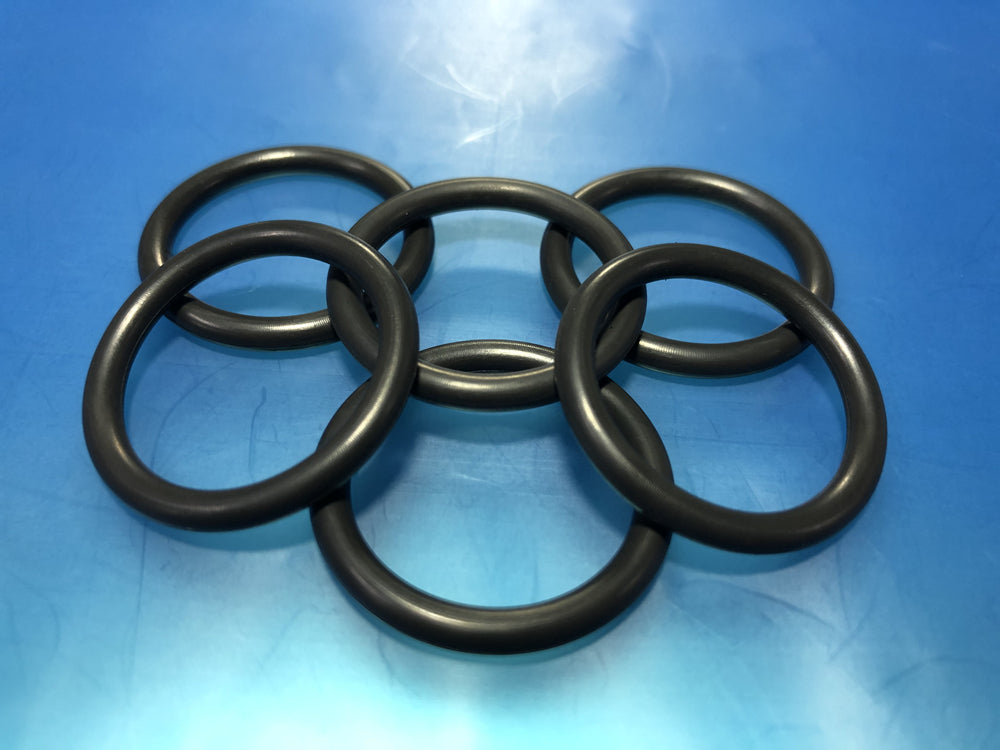Introduction: Seals play a crucial role in preventing leaks and maintaining the integrity of various systems. Among the different types of seals available, fluorosilicone, nitrile rubber, and silicone rubber seals are commonly used. This article aims to highlight the key differences between fluorosilicone, nitrile rubber, and silicone rubber seals, helping readers understand their unique properties and applications.
-
Fluorosilicone Seals: Fluorosilicone seals are a specialized type of rubber seal that combines the properties of both silicone rubber and fluorocarbon rubber. They offer excellent resistance to high temperatures, fuels, oils, and chemicals. Fluorosilicone seals exhibit enhanced resistance to aromatic hydrocarbons, making them suitable for applications in the automotive, aerospace, and petroleum industries. These seals also maintain good flexibility and durability over a wide temperature range, typically ranging from -60°C to +200°C.
-
Nitrile Rubber Seals: Nitrile rubber seals, also known as NBR seals, are widely used in various industries due to their excellent resistance to oils, fuels, and hydraulic fluids. They exhibit good tensile strength, abrasion resistance, and resilience. Nitrile rubber seals have a temperature range of approximately -40°C to +120°C, making them suitable for applications in automotive engines, machinery, and hydraulic systems.
-
Silicone Rubber Seals: Silicone rubber seals are known for their excellent resistance to extreme temperatures, both high and low. They can withstand temperatures ranging from -60°C to +230°C, making them suitable for a wide range of applications. Silicone rubber seals have excellent flexibility, electrical insulation properties, and resistance to ozone and UV radiation. They are commonly used in industries such as electronics, food processing, and medical equipment.
Key Differences: a. Temperature Resistance: Fluorosilicone seals offer a broader temperature range compared to nitrile rubber and silicone rubber seals. They can withstand higher temperatures and maintain their properties without significant degradation.
b. Chemical Resistance: Fluorosilicone seals exhibit superior resistance to fuels, oils, and chemicals, surpassing the resistance of nitrile rubber and silicone rubber seals. They are particularly suitable for applications involving exposure to harsh chemicals.
c. Application Specificity: Nitrile rubber seals are commonly used in applications where resistance to oils and fuels is critical. Silicone rubber seals excel in high-temperature environments, while fluorosilicone seals are chosen when both high-temperature resistance and chemical resistance are required.
Conclusion: Understanding the differences between fluorosilicone, nitrile rubber, and silicone rubber seals is essential for selecting the right sealing solution for specific applications. Fluorosilicone seals offer an excellent combination of high-temperature resistance and chemical resistance, while nitrile rubber seals excel in oil and fuel resistance. Silicone rubber seals are preferred for their extreme temperature resistance. By considering the unique properties of each seal, industries can choose the most suitable option to ensure reliable and efficient sealing in their respective applications.

